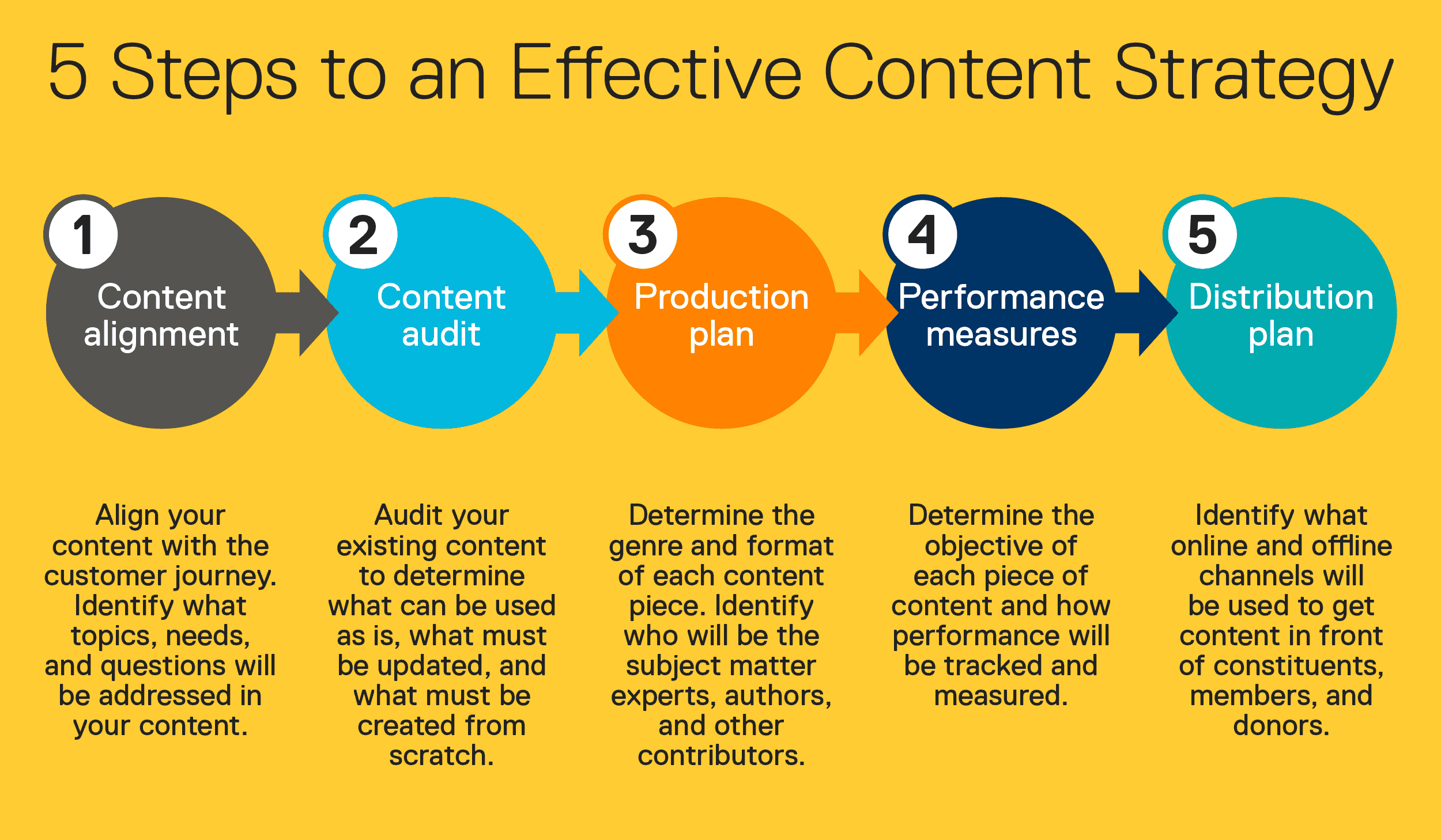Gauging the Success of Your Material Strategy: Vital Metrics to Track
In the realm of digital advertising and marketing, the efficiency of a web content method is typically gauged with various metrics that mirror both reach and effect. While website traffic metrics supply a foundational understanding of target market engagement, it is the mix of engagement and conversion metrics that truly exposes the deepness of content vibration and its financial ramifications.
Website Traffic Metrics
In the realm of web content technique, recognizing traffic metrics is crucial for examining the performance of digital campaigns. These metrics offer understandings into user behavior, assisting companies establish the reach and impact of their material. Secret web traffic metrics consist of web page sights, unique visitors, and session duration, each offering unique point of views on target market engagement.
Page views suggest the overall variety of times a page has actually been seen, while special site visitors determine the number of unique people accessing the material, hence eliminating duplicate matters. Tracking these 2 metrics together enables an extensive understanding of content intake patterns. Additionally, session duration discloses how lengthy users are connecting with the material, providing insights into its importance and involvement level.
Evaluating traffic resources is additionally essential; it aids identify where site visitors are originating from, whether organic search, social networks, or referrals. This information is essential for refining marketing strategies and maximizing material distribution networks. By concentrating on website traffic metrics, companies can evaluate the visibility of their web content, identify fads, and make educated decisions to enhance overall web content method efficiency. In summary, traffic metrics offer as foundational indications that lead calculated adjustments and foster continual renovation.
Involvement Metrics
While traffic metrics offer valuable insights right into user reach and habits, engagement metrics supply a deeper understanding of how target markets communicate with web content once they get here. These metrics are critical for examining the quality of individual interactions and the total effectiveness of a material method.
Scroll depth determines exactly how much down the web page users scroll, offering insights into material structure and readability. Social shares suggest the level of vibration with the audience, highlighting web content that triggers users to share with their networks.
In addition, remarks and user-generated web content can function as indicators of target market rate of interest and involvement. High interaction degrees commonly correlate with increased brand loyalty and advocacy, as individuals that engage with material are most likely to endorse the brand and bear in mind.
Conversion Metrics
Just how properly does your web content drive desired activities from your target market? Conversion metrics are important for assessing the efficiency of your content approach in encouraging users to take particular activities, such as enrolling in a newsletter, making a purchase, or downloading a source. By tracking these metrics, you can establish the return on financial investment (ROI) of your material efforts and recognize areas for improvement.
Trick conversion metrics include conversion price, which measures the percent of visitors who complete a preferred activity, and the average order worth, which shows the typical amount spent by clients. Furthermore, tracking list building metrics, such as the number of leads gotten via material, can provide understanding into the performance of your content in supporting prospects down the sales channel.
One more important metric is client acquisition cost (CAC), which analyzes the overall price connected with obtaining a brand-new client via your content initiatives. Content Strategy Agency. By evaluating these metrics, you can make data-driven choices to maximize your material approach, refine your messaging, and improve calls-to-action, eventually leading to boosted conversions and business growth
SEO Performance

First, natural traffic works as a key sign of search engine optimization success, showing the variety of visitors getting to your site read the full info here via search engine outcomes. Assessing natural website traffic trends gradually can disclose the efficiency of your optimization efforts.
2nd, keyword rankings are important as they suggest just how well your content does for targeted search terms (Content Strategy Agency). Keeping an why not look here eye on changes in positions can aid you refine your search phrase method and focus on material improvements
Third, click-through price (CTR) is important, as it gauges the percentage of users that click on your link after seeing it in search engine result. A high CTR indicates that your titles and meta descriptions are pertinent and compelling to user questions.
Social Network Influence
What duty does social media sites play in boosting material approach metrics? Social media site acts as a powerful amplifier for content distribution, considerably impacting brand name, interaction, and reach awareness. By tracking social media metrics such as shares, likes, comments, and total interaction rates, organizations can gauge the performance of their material strategy and identify what reverberates with their audience.
In addition, social networks platforms offer beneficial market understandings, permitting business to tailor web content to particular audience sectors. Checking referral web traffic from social channels to the internet site likewise helps in comprehending the conversion capacity of social media sites campaigns. The relationship in between social media communications and site efficiency can disclose the efficiency of content in driving individual behavior.

Verdict
Finally, gauging the success of a content technique demands a comprehensive analysis of various metrics. Traffic metrics disclose the reach of material, while involvement metrics offer understandings into target market interaction. Conversion metrics examine the financial effects of material initiatives, and SEO efficiency suggests presence in internet search engine. Reviewing social media impact highlights the effectiveness of content circulation. Jointly, these metrics promote notified decision-making and optimization of material techniques to accomplish wanted outcomes.
While web traffic metrics supply a foundational understanding of target market engagement, it is the combination of involvement and conversion metrics that genuinely exposes the deepness of web content resonance and its financial implications. By concentrating on traffic metrics, organizations can gauge the exposure of their content, recognize trends, and make informed decisions to improve overall content technique performance. By tracking social media metrics such as shares, likes, remarks, and general interaction rates, companies can gauge the effectiveness of their material strategy and recognize what resonates with their audience.
In summary, leveraging social media effect metrics not just boosts the understanding of content efficiency yet likewise educates future web content development, ensuring positioning with target market choices and optimizing overall strategy efficiency.
